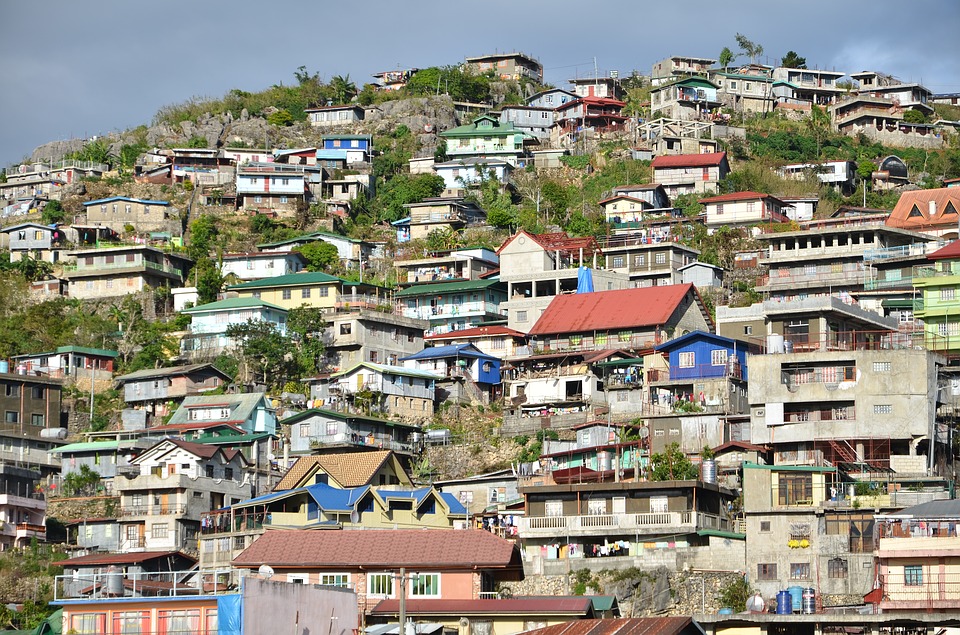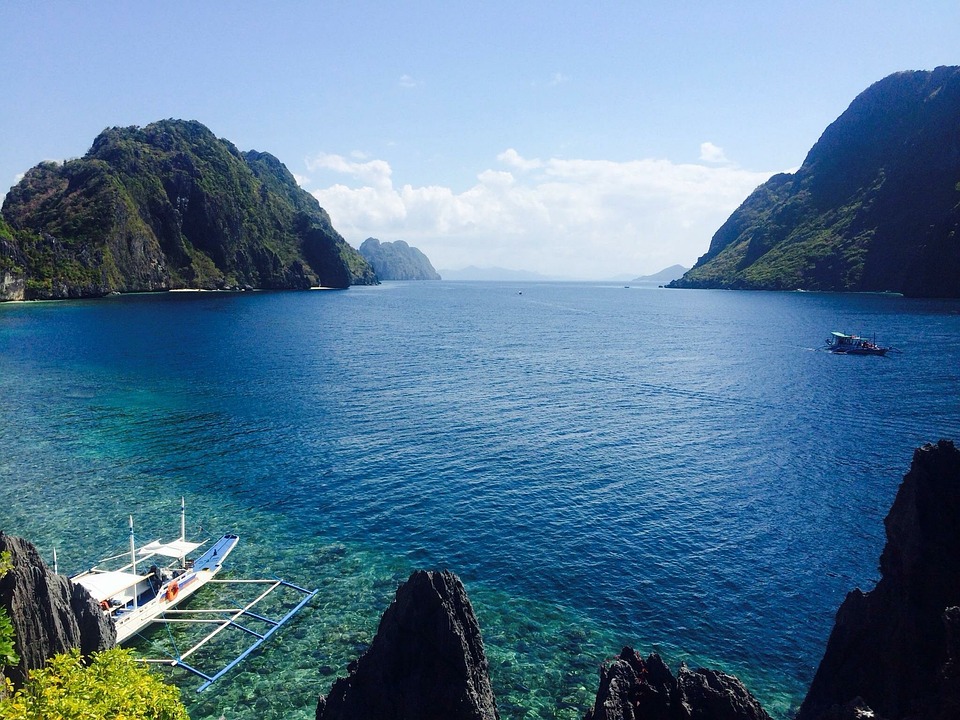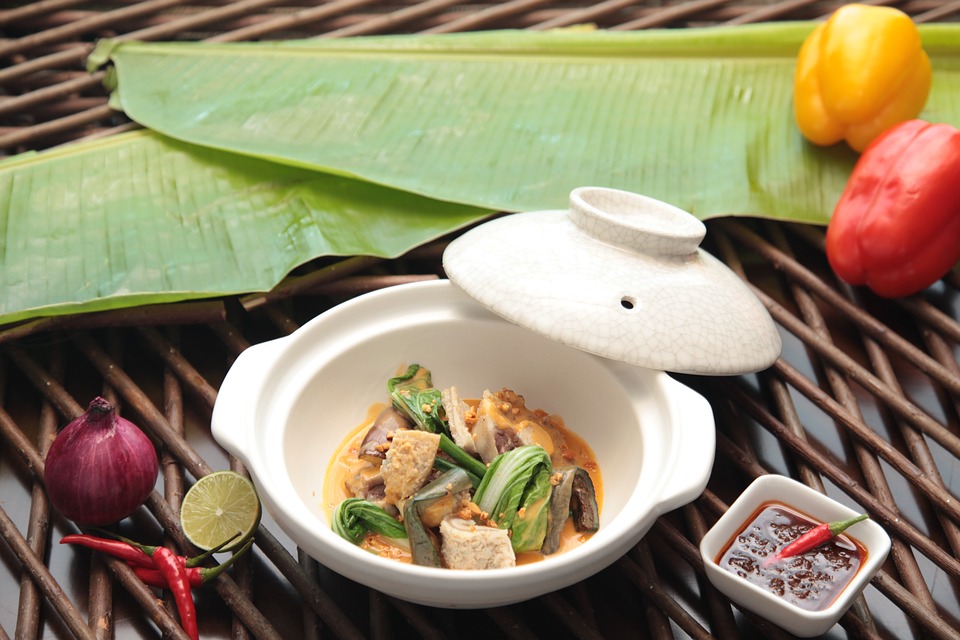Find everything women travelers in the Philippines need to know about health, romance, women’s rights and safety.
All the information below is provided by Pink Pangea community members based on their experiences abroad. Add your voice!
Health
Feminine Hygienic Products
Joanna says: Everything from feminine wash to tampons is available here at any grocery and pharmacy.
Anna says: Most Filipinas use sanitary napkins instead of tampons. Drug stores, supermarkets and the toiletries department in malls stock up on them. But I don’t think I’ve ever seen a tampon on store shelves. If they’re being sold in Manila, I’ve never noticed them.
Birth Control
Joanna says: You can find condoms in pharmacies, groceries, and certain gas stations in metro Manila. Oral contraceptives are technically not allowed here but you can find Nordette (a birth control pill that can be used as an oral contraceptive if taken in high dosages) in pharmacies in Makati. You don’t need a prescription.
Anna says: Birth control pills and condoms are available in most drug stores.
Recommended Gyncologists and Doctors
Joanna says: Dr. Santo Domingo of Makati Med is pretty amazing and open minded; she doesn’t judge and she can help you out with whatever you need. She would always warn me of the usual scares of having unprotected sex but she never preaches and she adjusts to whatever lifestyle you have.
Anna says: Offices are smaller here than in Western countries. I would recommend that you find a doctor who has a clinic at a big and reputable hospital just to be safe.

Breastfeeding
Joanna says: We have breastfeeding centers in the malls here but if you need to breastfeed in public, women generally cover the baby’s head with a towel.
Anna says: I’m proud to say that Filipinos are very welcoming and encouraging towards breastfeeding mothers. There are comfortable breastfeeding centers in malls and you can probably breastfeed anywhere. Most breastfeeding mothers wear a cover, but even if they didn’t, I don’t think anyone would tell them to stop.
If someone ever does, I’m sure netizens would have a fit. Plus, there are breastfeeding activist groups here, so breastfeeding is generally respected. Being a family-oriented society, we love our mommies and babies in the Philippines; and they are accorded respect and priority in Philippine culture.
Romance
Dating Locals
Joanna says: The men here are so shy it would take them years to ask you out. If they like you they’ll ask for your number and do the text dance until they finally find the courage to ask you out, which could be somewhere between a couple of months to a year. There is the odd exception to the rule of a confident man, but these usually come after a long night of drinking and grinding.
Anna says: Filipino men tend to be friendly but a lot less forward than men in other cultures. I think they are more traditional, and they like to do the courting (yes, courtship is still alive here, although largely done online or with the use of technology nowadays). One-night stands are also rampant.
I would say that women are quite empowered here; we can pretty much say or do anything and get away with it. There might be some finger-wagging if the woman is very forward, but as long as you aren’t seeking constant approval it shouldn’t matter. Like anywhere else in the world, stay away from drunken guys in bars and dark places just to be safe.
Joanna says: Men here range from shy to proud, and in some cases, controlling.
Anna says: We have a term here for shy men and it’s called “torpe.” It means a man who really likes a woman but doesn’t act on it. “Torpe” men are quite ubiquitous here. Sometimes, the more they like you, the more they won’t act upon it. But once you know a guy likes you, subtlety in letting the guy know he has a chance with you usually does the trick.
I say just be yourself and do your own thing; if men don’t like you or don’t go out of their way to get you then too bad. A lot of men here are still quite traditional, yet they don’t really mind strong women. They get intimidated and turned off easily, but can be sweet and quite romantic. Most are probably in love with their mothers and getting along with their family is usually a must.
As such, there’s another term here that probably describes a good percentage of the male population: “maginoo pero medyo bastos”. Roughly translated, it means respectful but a little disrespectful (or bad or mean or kinky, depending on how you look at it); they’re outwardly good and bad at the same time.

Tips for Women Travelers in the Philippines
LGBTQ Friendly
Joanna says: Yes, totally!
Anna says: Flamboyant gay men in Philippine society are celebrated, but as a kind of caricature. The media portrays them as loud, trendy, fun-loving, opinionated, and boisterous; most women here want a gay friend. However, there seems to still be a prejudice against men in the closet and manly men who desire other men. Most macho men argue that it’s because they don’t like being fooled into thinking a man is straight when he isn’t.
Also, lesbianism isn’t really all that accepted. It’s still very much frowned upon. Although there are some famous cross-dressing celebrities and one transgender actor celebrated by the media, they still belong to the caricature of flamboyant men I describe above. Sexual reassignment surgery is still quite unheard of here as well, probably because it’s so expensive and still very much a taboo subject here.
Women's Rights
Women’s Rights
Joanna says: The Philippines has had two women presidents in the last 30 years, which is pretty amazing. Many women work and hold good positions in companies. Most women give up work after marriage because some men here don’t like the idea of their wives working. Of course this depends on the economic class of the women, but it’s a rarity to see a married woman working after being married.
Anna says: We’ve had two female Presidents already, a female Supreme Court Chief Justice, female politicians, heads of government, and CEOs. Women here excel in academics and hold high positions in various fields and sectors. However, nearly all domestic helpers are women and are exposed to abuse and exploitation. Most families from the lower middle class upwards have domestic helpers who live with them.
Women who live in poverty -a great portion of the population- are at risk for all kinds of dangers and are very rarely able to lift themselves above their present living conditions.
The Philippine sex trade is also a pervasive problem that ought to be addressed immediately. Lastly, domestic abuse is still considered by many as an issue between spouses, so unless the woman aggressively fights back and sues her husband or partner, people tend to turn a blind eye.
Local Women
Joanna says: It’s generally understood that the better your English is, the more educated and economically better off you are. You live completely different lives in the city versus the province, at a private school versus a public one, and if you speak Tagalog versus English.
Women-Specific Environments
Joanna says: Not other than restrooms.
Anna says: All-girls or all-boys schools are popular and even preferable because of the quality of education they provide- they usually attract the best teachers.
Perception of Foreign Women
Joanna says: People are very interested, since Filipinos are all over the world.
Anna says: In general, the Philippines is extra nice to foreigners. Foreign women and men are treated very well here, sometimes even better than the locals. Locals are fascinated by foreigners and want to befriend them.
Safety

Transportation
Joanna says: If you can, hire a driver and a private vehicle. Public transportation is not very safe here.
Anna says: In the news, there have been a number of incidents of rape and molestation of women in taxis. And public transportation–buses and jeepneys in particular–don’t have a good reputation for safety. The metro (known here as LRT/MRT) is probably a better bet.
Shady Areas for Women
Joanna says: I’d stay away from Malate at night.
Anna says: Avoid the slum areas, districts with a lot of bars, dark places, and going out alone at night. Avoid Maguindanao and Zamboanga and the few other areas prone to NPA or Abusayyaf attacks. I would say 97% of the Philippines is safe.
Clothing
Joanna says: Wear whatever you want here, anything goes.
Anna says: You can pretty much wear anything but it would be advisable to avoid plunging necklines and short shorts or skirts to avoid jeers and undesirable incidents.
Tips for Women Travelers in the Philippines.
